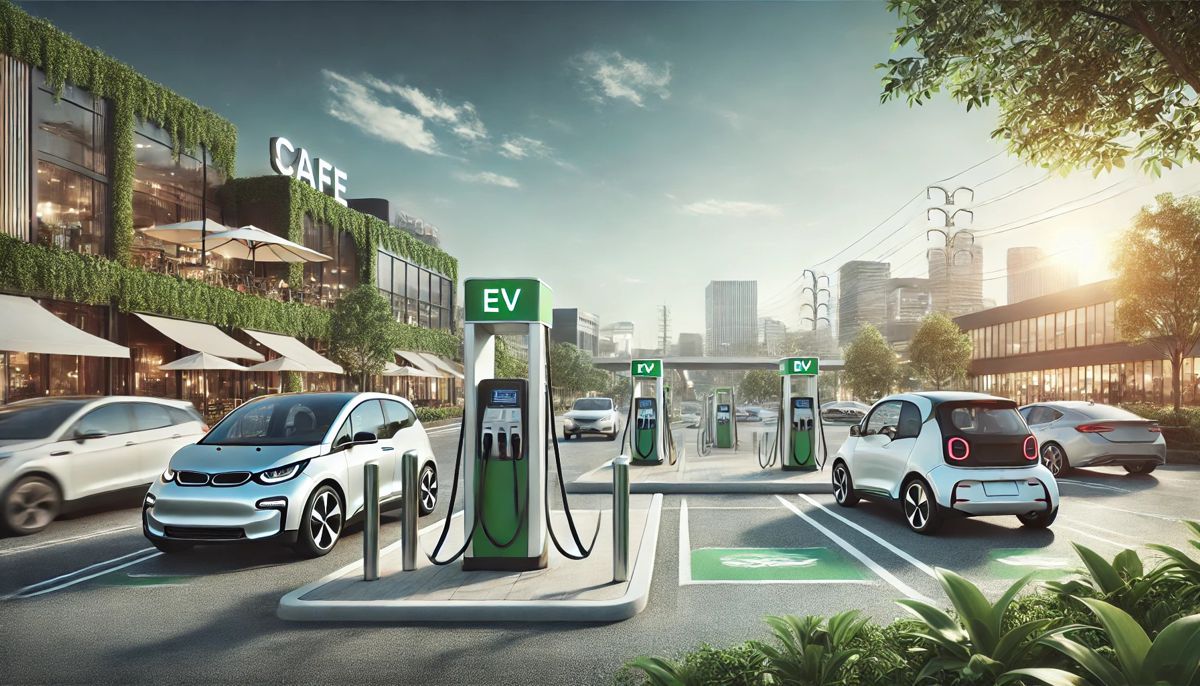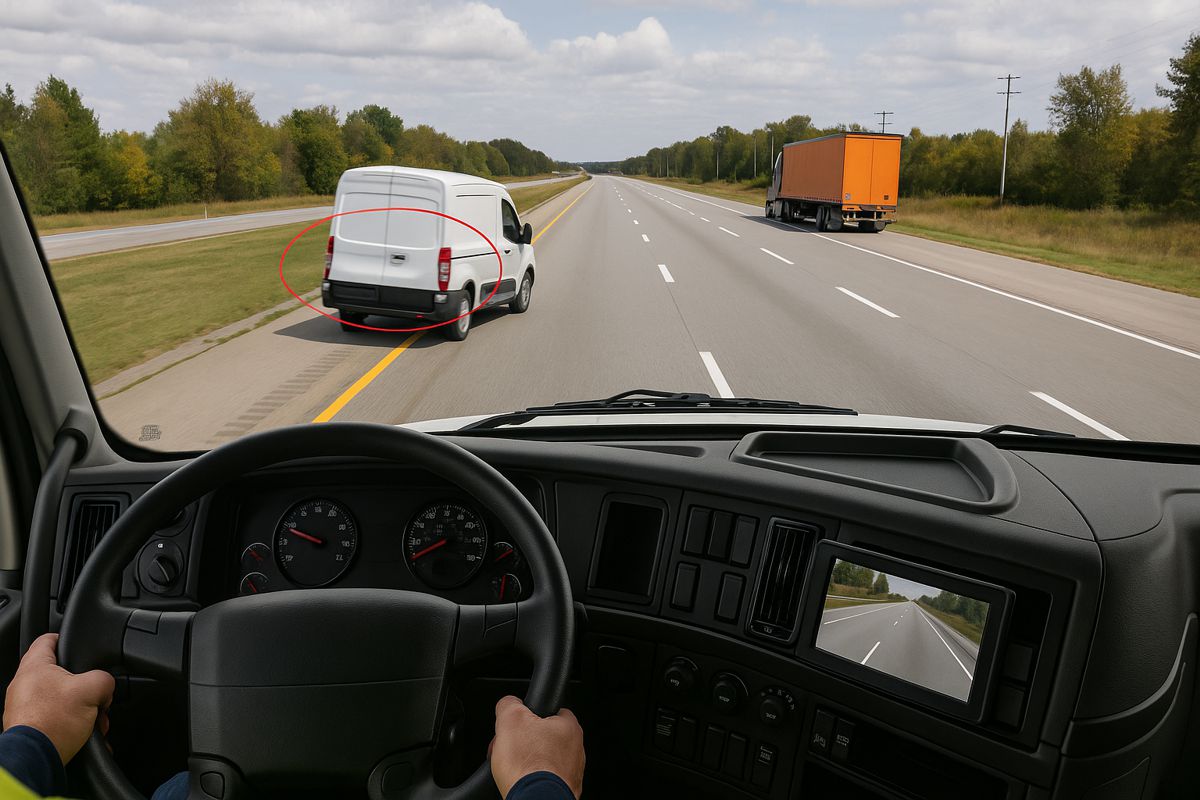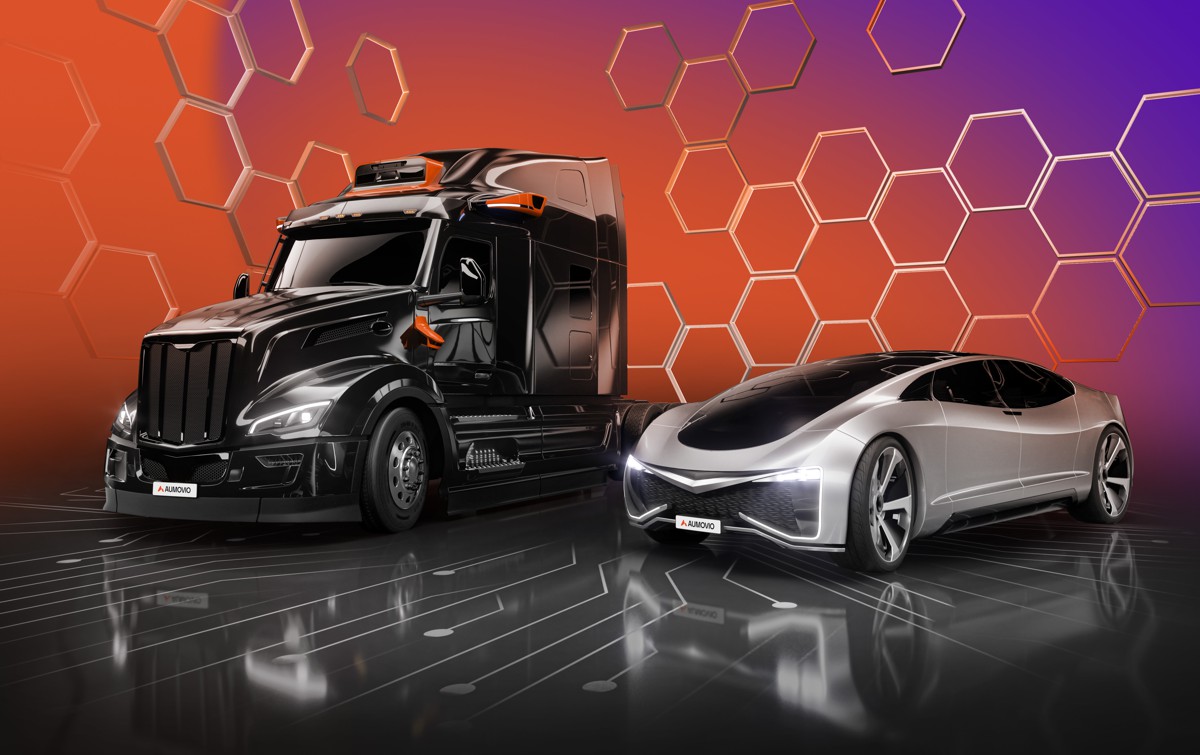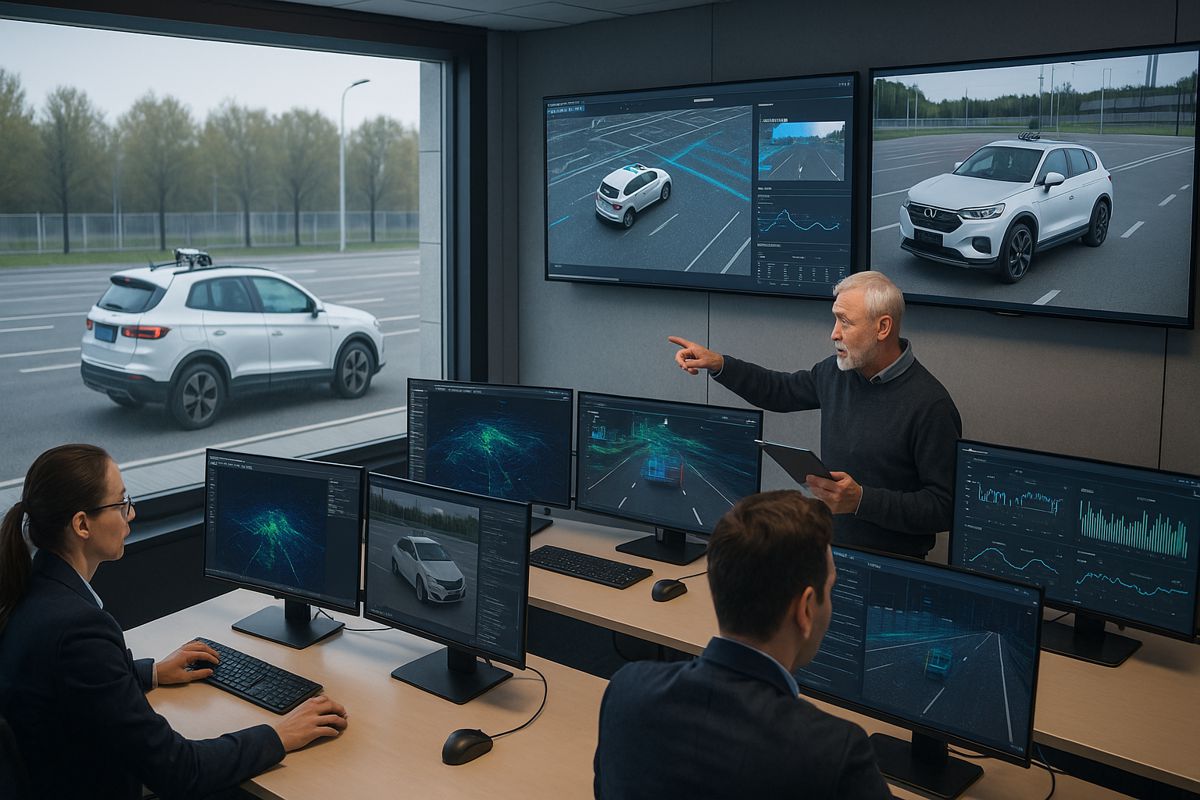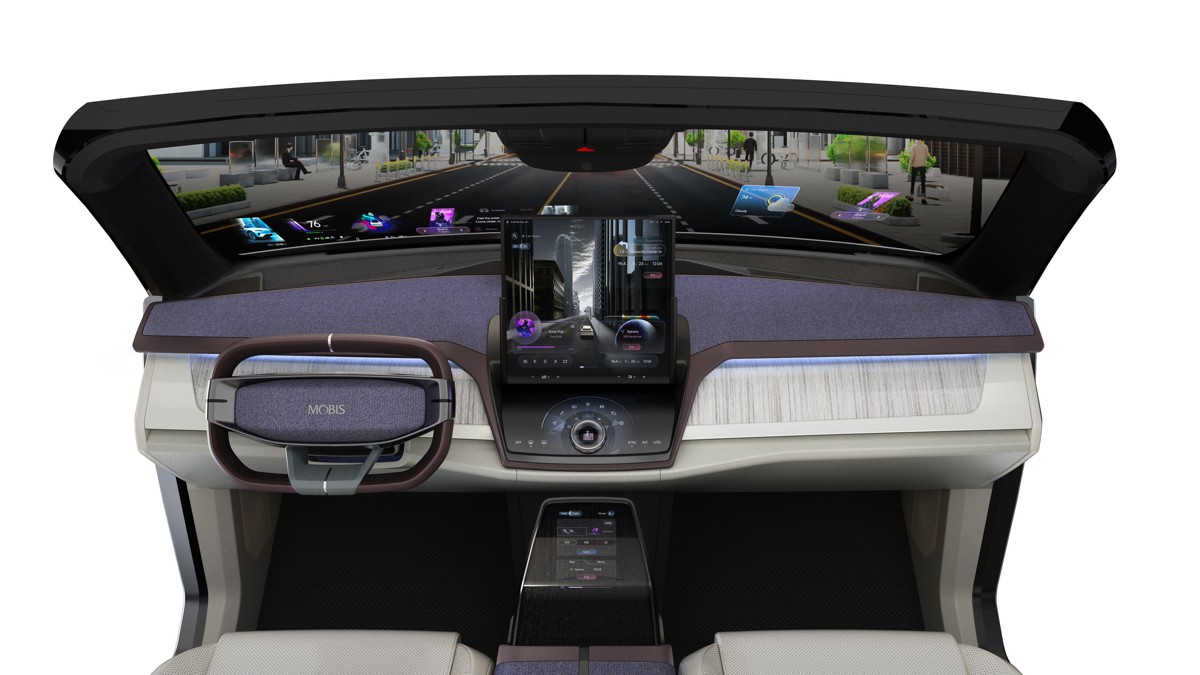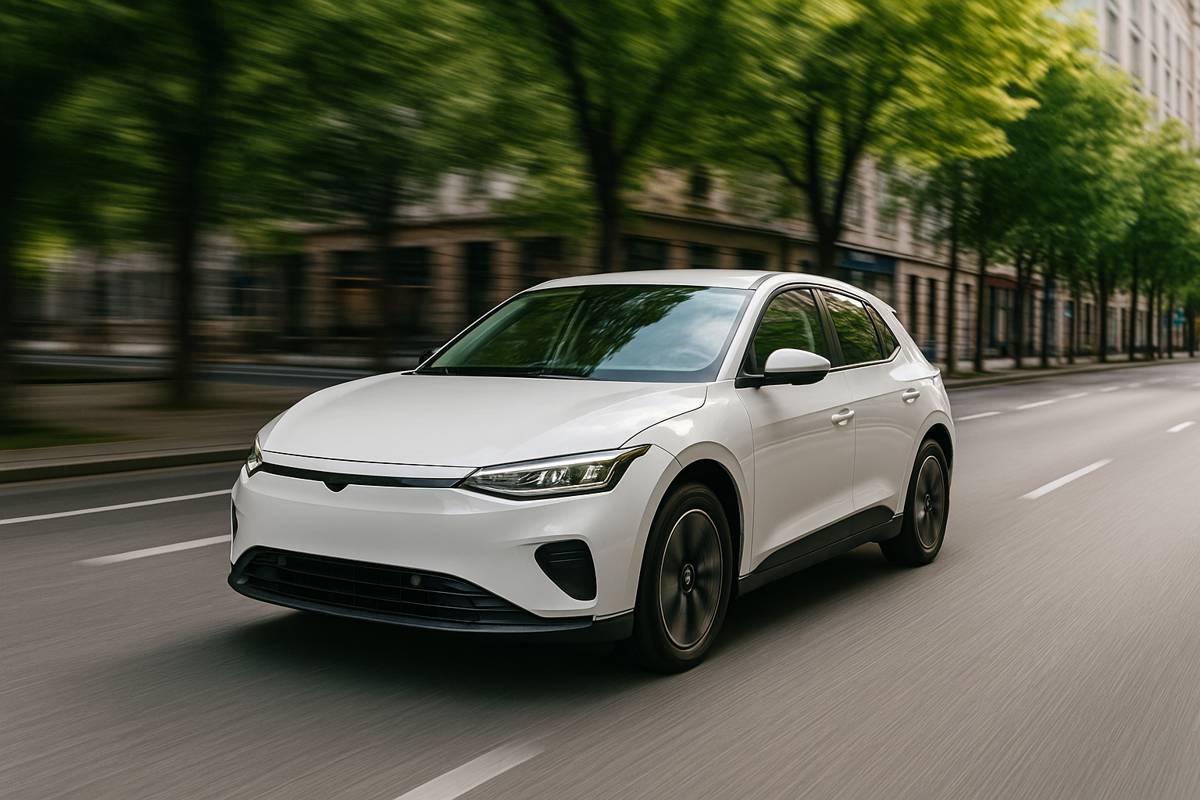Local Amenities are key drivers to Success of EV Charging Stations
The rise of electric vehicles (EVs) has ushered in a new era of transportation, but with it comes a challenge—creating a sustainable and profitable EV charging infrastructure.
A recent report from Next 10, in collaboration with the Institute for Transportation Studies at UC Davis, reveals that the future of EV charging stations hinges not just on speed and accessibility but also on the amenities that surround them. Much like gas stations, EV charging hubs need additional revenue streams and conveniences to thrive.
The New Frontier for EV Charging Profitability
Just as gas stations rely on convenience stores, car washes, and other services to boost profits, EV charging stations must evolve beyond simply providing a charge. The report, “Analyzing the Business Case & Consumer Preferences for Fast Chargers in California,” highlights that amenities such as dining, shopping, and rest areas significantly increase the use of charging stations. EV drivers are willing to pay a premium for accessible, fast charging, especially when these stations are co-located with places they already frequent.
According to the report, California EV drivers, whether they can charge at home or not, are keen on paying extra for convenient public charging that comes with little to no wait time. This preference underscores the importance of strategically placing chargers near amenities. The study found that chargers located within 500 meters of dining and grocery services saw a substantial increase in usage, with Dining services showing a 2.7 times increase in charging events per month, and Grocery stores a A 5.2 times increase in charging events per month.
These insights suggest that EV charging stations not only drive traffic to nearby businesses but can also benefit from co-locating with amenities, creating a mutually beneficial ecosystem.
What EV Drivers Really Want
The report’s survey data paints a clear picture of EV drivers’ preferences. Rest stops, malls, parking garages, and restaurants emerged as the top locations for public charging. This aligns with drivers’ desire to make the most of their time while their vehicles charge. As Dr. Scott Hardman of the Electric Vehicle Research Center at UC Davis note: “Our research shows us what electric vehicle drivers want: fuelling infrastructure located with additional amenities that can also help stations become profitable.”
Key findings from the survey include:
- Drivers prefer chargers near amenities: 74% of respondents favoured rest stops, 71% malls, 65% parking garages, and 59% restaurants.
- Proximity matters: Drivers are 37% more likely to choose a charger with amenities like restrooms or convenience stores.
- Time is money: Every minute of extra wait time reduces the likelihood of using a charger by 6%.
Interestingly, drivers expressed a willingness to pay nearly a dollar more per hundred miles of charge if it means avoiding wait times and accessing other services. This willingness to pay reflects not just a demand for convenience but also a shift in how EV drivers view charging—a necessity that fits seamlessly into their lifestyle rather than a time-consuming chore.
The Economics of EV Charging
The financial landscape of EV charging is complex. Without subsidies or additional revenue from co-located services, it can take over a decade to break even on charging infrastructure investments. This is where amenities play a pivotal role. By integrating charging stations with cafes, shops, or other businesses, operators can tap into new revenue streams, shortening the payback period and enhancing the overall customer experience.
Alan Jenn, Assistant Professor at the Institute of Transportation Studies at UC Davis, explained: “EV drivers are telling us that they want chargers co-located with amenities like cafes and restaurants, and they are willing to pay more to charge at locations with these amenities. This symbiotic relationship between businesses and EV chargers may benefit both EV chargers and local businesses.”
The report suggests several strategies to enhance the profitability of EV charging stations:
- Co-locating with businesses: Partnering with convenience stores, restaurants, or other high-traffic venues can generate additional income.
- Subsidies and incentives: Government subsidies remain crucial, particularly in areas where co-location isn’t feasible. These subsidies can help bridge the financial gap while charging stations build a steady customer base.
- Innovative pricing models: Implementing dynamic pricing based on demand, location, and available amenities could further optimise revenue.
Subsidies and the Role of Public Funding
While private investment is key, public funding has a significant role to play in the expansion of EV charging infrastructure. The report notes that without subsidies, the financial viability of many charging stations remains questionable. For example, the Bipartisan Infrastructure Law in the United States allocated $2.5 billion to the Charging and Fueling Infrastructure (CFI) Discretionary Grant Program, with a dedicated set-aside for EV chargers.
Historically, subsidies have been essential in fostering the adoption of new technologies, and EV charging is no exception. From broadband internet to fossil fuel subsidies, government intervention has often been the catalyst needed to scale infrastructure quickly and efficiently.
As Noel Perry, founder of Next 10, put it: “California is leading the nation in EV charging infrastructure investment. We hope our research will help fill a gap in understanding so we can continue to be strategic about where and how EV charging gets built to best serve drivers and our communities. For now, subsidies remain critical to meeting that goal.”
The Critical Need for Home Charging Access
While public charging remains a hot topic, the survey also highlighted the importance of home charging. The data showed that without access to home charging, a significant portion of EV owners would consider switching back to traditional petrol vehicles. This emphasises the need for balanced investment in both public and private charging solutions.
California has already taken steps to address this, with numerous utility providers offering rebates for home charging stations and Governor Gavin Newsom’s Executive Order mandating the installation of 250,000 publicly available EV chargers by 2025. This multifaceted approach aims to cover all bases, ensuring that both urban and rural EV drivers have the access they need.
A Strategic Approach to EV Charging
The future of EV charging is bright, but it’s clear that success depends on more than just plugging in. As the market evolves, charging stations will need to adopt a holistic approach that combines convenience, amenities, and strategic partnerships to remain competitive.
By aligning with the needs and preferences of EV drivers, the industry can create a robust and profitable infrastructure that supports the continued growth of electric vehicles.
